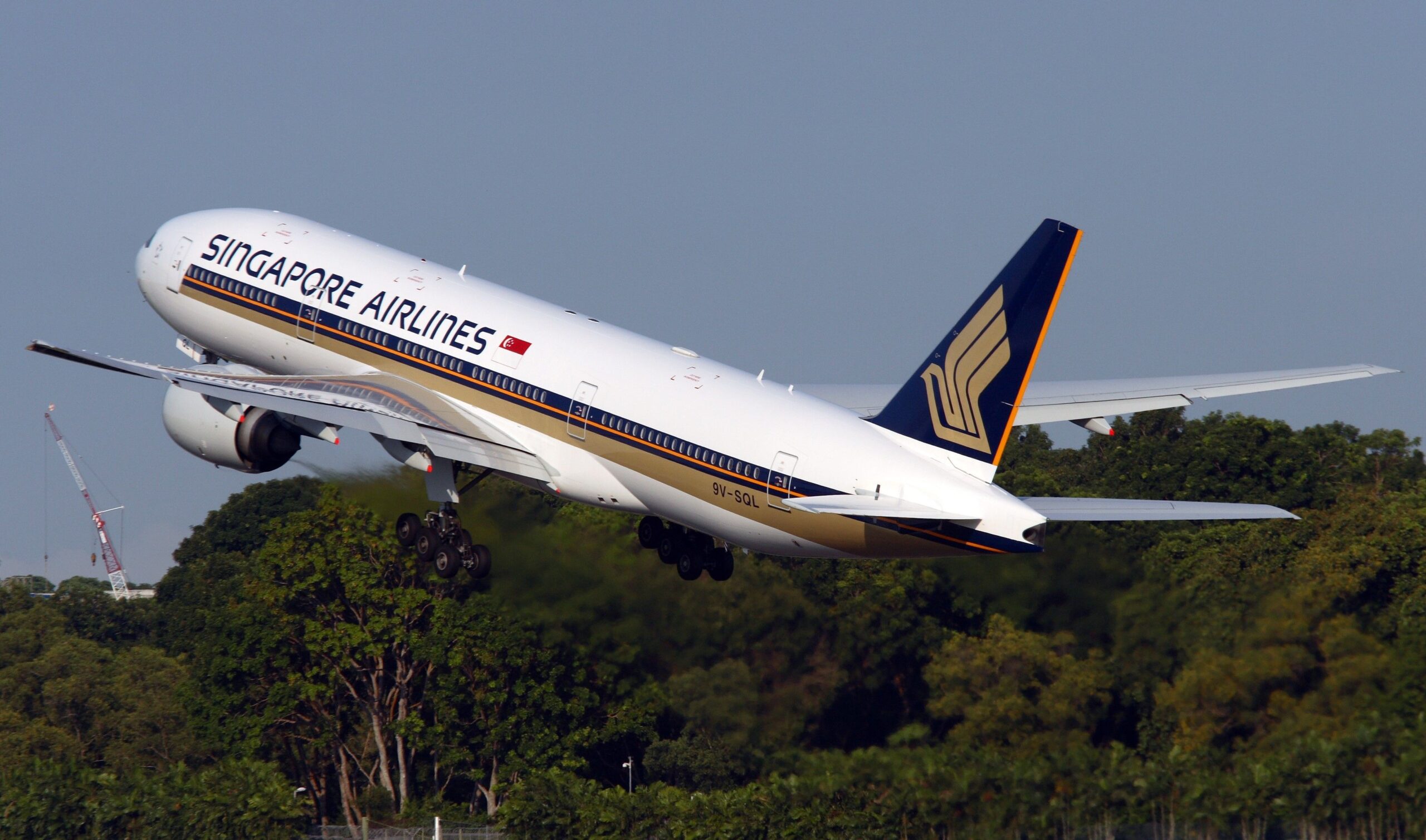Summary
- SIA’s strong strategy has led to record-breaking revenues and profits despite challenging conditions.
- The group increased capacity and demand post-pandemic, leading to higher load factors and efficiency.
- SIA quickly added capacity on successful routes in North Asia, gaining a first-mover advantage in the industry.
At an aviation conference in Singapore last November, Singapore Airlines Group CEO Goh Choon Phong spoke with a selected group of reporters (including Simple Flying) about the group’s strategy to get through the pandemic and, more importantly, how it would be the industry’s first mover when opportunities presented themselves as the pandemic received.
A strong strategy has paid off for SIA
Over the last year or so, the Singapore Airlines Group, which includes Singapore Airlines and Scoot, has followed a disciplined approach to matching capacity to demand but has not been afraid to add more flights or seats to a previously successful destination. This approach keeps load factors higher than average while rebuilding the airline’s resources, people skills, and overall capacity for growth, and is being replicated by other airlines across the Asia-Pacific region.
Photo: Singapore Airlines
The old saying that the proof is in the pudding is the clearest adage I can think of to describe Singapore Airlines and its performance in 2023/24 because today it released its financial year results for the twelve months ended March 31, 2024, and it’s a very sweet set of numbers. For FY2023/24, the Singapore Airlines Group posted its highest-ever revenues and profits despite the impact of geopolitical tensions, macroeconomic uncertainties, supply chain disruptions and inflationary pressures.

Related
Singapore Airlines Earns Record 9-Month Revenue & Profit
Singapore Airlines and Scoot have closed out the third quarter of their 2023/24 financial year with record-breaking revenues and profits.
Looking at the headline numbers, the group posted total revenue of S$19.01 billion ($1.4b), an operating profit of S$2.73 billion ($2.02) and a net profit of S$2.68 billion ($1.98b), which equated to year-on-year increases of 7.0%, 1.3% and 24.0%, respectively. It carried 36.44 million passengers, a whopping 37.6% higher than last financial year at a passenger load factor of 88.0%, up 2.6 percentage points year-on-year(YoY).
Photo: Scoot
That last figure is the clearest way to understand the group’s strategy that the airlines have followed post-pandemic. In 2023/24, it increased capacity, as measured by available seat kilometers (ASKs), by 22.9% but grew demand, as measured by revenue passenger kilometers (RPKs), by 26.6%, and by widening that gap, the load factor increased. The group also kept an eye on efficiency and operating costs, and both Singapore Airlines and Scoot were able to reduce their passenger unit cost, which is the passenger operating expenditure divided by the available seat kilometers.
Photo: Bradley Caslin | Shutterstock
Today’s announcement said the demand for air travel remained buoyant and was boosted by a rebound in North Asia when China, Hong Kong, Japan and Taiwan fully reopened their borders. What is not said is that both airlines were very quick to add capacity on previously successful routes in those countries as soon as restrictions were loosened, gaining that first-mover advantage the CEO discussed last year.

Related
Singapore Airlines Group Going Live With Neste SAF At Changi Airport
Using SAF is starting to become a reality at Singapore Changi Airport thanks to a new deal between Neste and the Singapore Airlines Group.
While operating profit rose slightly, the net profit jumped by S$518 million ($383m) or 24% to a new record of S$2.68 billion ($1.98b). That came from the better operating performance, lower finance charges and tax expenses and a share of profits versus a share of losses from the associated companies from the previous year.
A fleet of 200 aircraft with 89 on order
At the end of March, the group had an operating fleet of 200 aircraft with an average age of just over seven years, with a further 89 on order. Singapore Airlines was operating 142 passenger aircraft and seven freighters, while Scoot had 51 in the air, and in April, the group added one Airbus A350-900 and two Embraer E190-E2 to the combined fleet. Those aircraft serve a network of 118 destinations in 35 countries and territories, with Singapore Airlines (SIA) operating at 73 destinations and Scoot at 67.
Photo: DLeng | Shutterstock
While today must be a day of celebration for the Singapore Airlines team, the reality is that the financial year 2024/25 is already one month old, and there is an even higher bar to jump over after today’s record result. The group said that demand in the first quarter is already looking healthy and has been boosted by increased forward bookings to North and Southeast Asia.
It warns that passenger yields are likely to moderate due to other airlines adding more capacity, particularly in Asia-Pacific, but it will continue to monitor market conditions closely and adjust its network as necessary in line with demand patterns. In other words, the group will keep doing all the things that produced today’s record results rather than rest on its laurels and lose the first mover advantage that it fought so tenaciously to establish.
What do you think of this result? Let us know in the comments.





